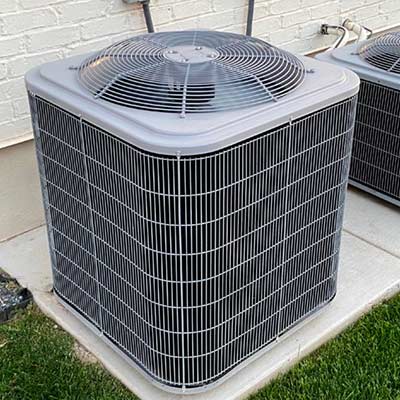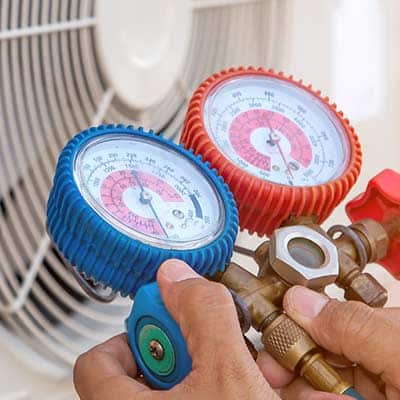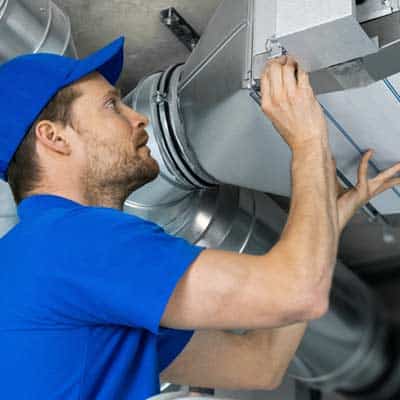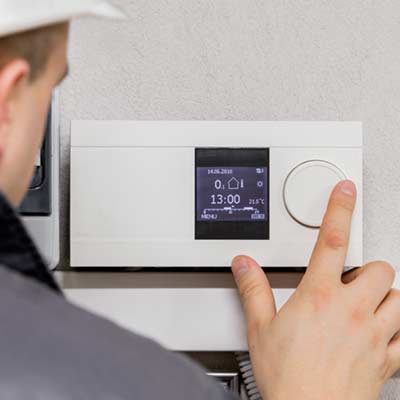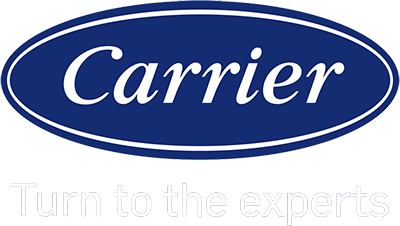Understanding Furnace Efficiency

When we discuss furnace efficiency, we’re referring to the amount of energy that gets converted into actual heat for our homes. A higher efficiency means more direct heat for us and less wasted energy. Our goal is to ensure that our furnace is performing at its best to reduce energy bills and maintain comfort.
The Annual Fuel Utilization Efficiency (AFUE) percentage shows how well our furnace converts energy into heat. For instance:
- High-Efficiency: AFUE of 90% or more
- Mid-Efficiency: AFUE of 80% to 89%
- Low-Efficiency: AFUE below 80%
A higher AFUE rating signifies a more efficient furnace.
Now, let’s lay out some factors that influence furnace efficiency:
- Proper Maintenance: Ensuring our heating system is well-maintained preserves its energy efficiency.
- Regular Filter Changes: Clogged filters force furnaces to work harder. We recommend changing filters every 1-3 months.
- Sealed Ductwork: Duct leaks can significantly reduce system efficiency. We should inspect and seal ductwork regularly.
- Thermostat Settings: Optimizing thermostat use can contribute to energy savings.
- Age of Furnace: Older heating systems tend to be less energy-efficient.
Working on these areas can yield a significant decrease in energy bills and an increase in the furnace’s effective operation. An efficient furnace is not just good for our pockets, but it’s also beneficial for the environment, cutting down energy consumption and associated emissions.
Routine Furnace Maintenance
Proper maintenance of your furnace is crucial for operational efficiency and energy cost savings. By adhering to the following guidelines, we ensure that our furnace runs effectively and safely.
Filter Management
Air filters are crucial in maintaining furnace efficiency. We recommend checking filters monthly and replacing them at least every three months, or more frequently if needed. A clean filter ensures proper airflow and significantly reduces unnecessary strain on the furnace, leading to lower utility costs.
- Check: Monthly
- Replace: At least every quarter
Ductwork and Ventilation Inspection
Regular inspection and cleaning of ductwork prevent blockages that can hinder the performance of the furnace. We ensure that vents are not obstructed to maintain proper ventilation throughout the home, which is vital for both efficiency and safety, particularly in preventing carbon monoxide buildup.
- Inspect Ductwork: Annually
- Check Vents: Regularly
Regular Professional Inspections
It’s essential to engage a professional technician for an annual inspection of the furnace. These inspections can uncover any issues that might not be visible or apparent to us. A thorough check by a professional helps in early detection of potential problems, ensuring that our furnace remains in optimal condition while also safeguarding against high energy and utility costs.
- Annual Inspection: By a certified professional
- Carbon Monoxide Detectors: Tested during inspection
By integrating these routine maintenance steps into our care schedule, we keep our furnace efficient and our home comfortable.
Optimizing Thermostat Use

When we address furnace efficiency, one key element we often consider is the thermostat. A properly used thermostat can significantly reduce energy consumption and help lower utility bills. To optimize our thermostat use, consider the following tips.
Adjust Settings for Savings: We can adjust the thermostat to cooler temperatures when we’re asleep or away from home. Lowering the setting by 7-10 degrees for 8 hours a day can save us up to 10% per year on heating.
- Daytime: Set to 68°F when the house is occupied.
- Nighttime: Lower by 10 degrees when sleeping.
- Away: Set to 55-60°F if we’re gone for an extended period.
Programmable Thermostats: Investing in a programmable thermostat allows us to automate these adjustments. We can set schedules that align with our daily routines, ensuring consistent and efficient heating.
| Time of Day | Suggested Thermostat Setting |
|---|---|
| Morning | 68°F for comfort |
| Daytime | 68°F or lower if not at home |
| Evening | 68°F for comfort |
| Overnight | 58-60°F for savings |
Maintenance and Location: Ensure our thermostat is properly maintained and located away from drafts, direct sunlight, doorways, and windows to prevent false readings, which can cause our furnace to work overtime needlessly.
- Check battery annually
- Clean dust and debris from the unit
By being mindful of our thermostat settings and utilizing a programmable thermostat, we optimize our home’s heating and contribute to both energy savings and the prevention of unnecessary furnace strain.
Preventive Repairs and Replacement

Proactive maintenance of a furnace not only extends its lifespan but also ensures its efficiency and safety. By addressing common furnace problems early and knowing when to consider an upgrade, we can prevent costly breakdowns and maintain consistent heat distribution throughout our homes.
Addressing Common Furnace Problems
Regular inspections and maintenance are crucial to avoid the typical problems that plague furnaces. Here are some common issues and how to address them:
- Pilot Light: If the pilot light frequently goes out or won’t light, inspecting the thermocouple and pilot orifice is necessary.
- Burners: Dirty burners can cause inefficient burning. Cleaning the burners as part of routine maintenance is important.
- Heat Exchanger: Cracks in the heat exchanger can lead to dangerous carbon monoxide leaks. Annual inspections help spot these cracks early.
- Combustion Chamber: Deposits in the combustion chamber can impede operation. Regular cleaning maintains efficiency and prevents malfunctions.
- Malfunction: If the furnace stops working, checking the thermostat, filter, power supply, gas valve, and flame sensor can often reveal the issue.
Routine checks and proactive repairs are essential for preventing costly emergencies and ensuring the longevity of our furnace.
When to Consider Furnace Upgrade
An upgrade to a new furnace should be considered under the following circumstances:
- Age: If our furnace is over 15 years old, it’s likely nearing the end of its useful life.
- Repair Costs: Frequent or expensive repairs are a sign that it may be more economical to upgrade to a new model.
- Efficiency: Older furnaces, particularly those not designed for high efficiency, can lead to higher energy bills.
When upgrading, we must choose between a gas furnace and an oil furnace based on our home’s infrastructure and our preference for fuel efficiency and environmental impact. Investing in a new furnace with modern features can provide more reliability, better heating, and reduced energy consumption.
Enhancing Home Insulation and Sealing

When we talk about furnace efficiency, our home insulation and sealing is critical. Proper insulation in our home ensures that heat is retained during cooler months, making our heating system work less and become more energy-efficient. We commence with the attic, as it’s a primary source of heat loss. Attic insulation should have an appropriate R-value, a measure of thermal resistance.
For windows and doors, sealing gaps with weather stripping or caulk prevents air leaks. We recommend checking for drafts by feeling for air movement or using a thermal imaging camera. Double or triple-glazed windows also enhance insulation and contribute to better indoor air quality by reducing the ingress of outdoor pollutants.
Our walls are equally important; we must make sure they are well insulated. When upgrading insulation, we often consider blown-in insulation for existing walls, as it is less intrusive than other methods. For new construction or renovations, higher-rated insulation materials can be incorporated.
Here’s a quick checklist to help maintain an efficient airflow and a well-insulated home:
- Attic Insulation: Ensure adequate insulation levels as per local building codes.
- Windows and Doors: Install weather stripping or caulking around gaps.
- Indoor Air Quality: Use energy-efficient windows to keep pollutants out.
- Walls: Consider blown-in insulation for existing walls or higher-rated materials for new ones.
By following these steps, we can help maintain our furnace’s efficiency and ensure a comfortable, energy-efficient home environment.
Frequently Asked Questions
Ensuring the efficiency of your home heating system is crucial. We’ve compiled some common queries homeowners have about furnace maintenance and efficiency.
How can you improve the efficiency of an existing home heating furnace?
Regular maintenance is key. We recommend changing the filters every few months, ensuring vents are unblocked, and possibly upgrading to a programmable thermostat to better control heating.
What is the recommended annual maintenance for a home furnace?
We suggest a yearly inspection and cleaning of the entire furnace system. This should include checking the heat exchanger, testing for carbon monoxide leaks, inspecting the blower, and ensuring proper ignition system function.
Which DIY maintenance tasks can homeowners perform on their furnaces?
Homeowners can replace furnace filters, clean vents and registers, and keep the area around the furnace clear. Observing the start-up and shut-off cycles can also provide insights into potential issues.
What are the critical steps in a professional gas furnace maintenance check?
Professionals should inspect the burner and flame sensors, test the furnace’s efficiency, check the flue pipe for blockages, and clean the unit’s interior components, including the blower wheel and motor.
How often should a residential furnace receive maintenance for optimal operation?
Maintenance should be performed at least once a year, ideally before the start of the heating season. However, it’s good to monitor your furnace for any signs of inefficiency or trouble throughout the year.
What are the cost-effective measures to ensure a furnace runs efficiently?
Installing a high-efficiency air filter and ensuring your home is well insulated can reduce the workload on your furnace. Programmable thermostats can also lead to savings by optimizing heating schedules.
